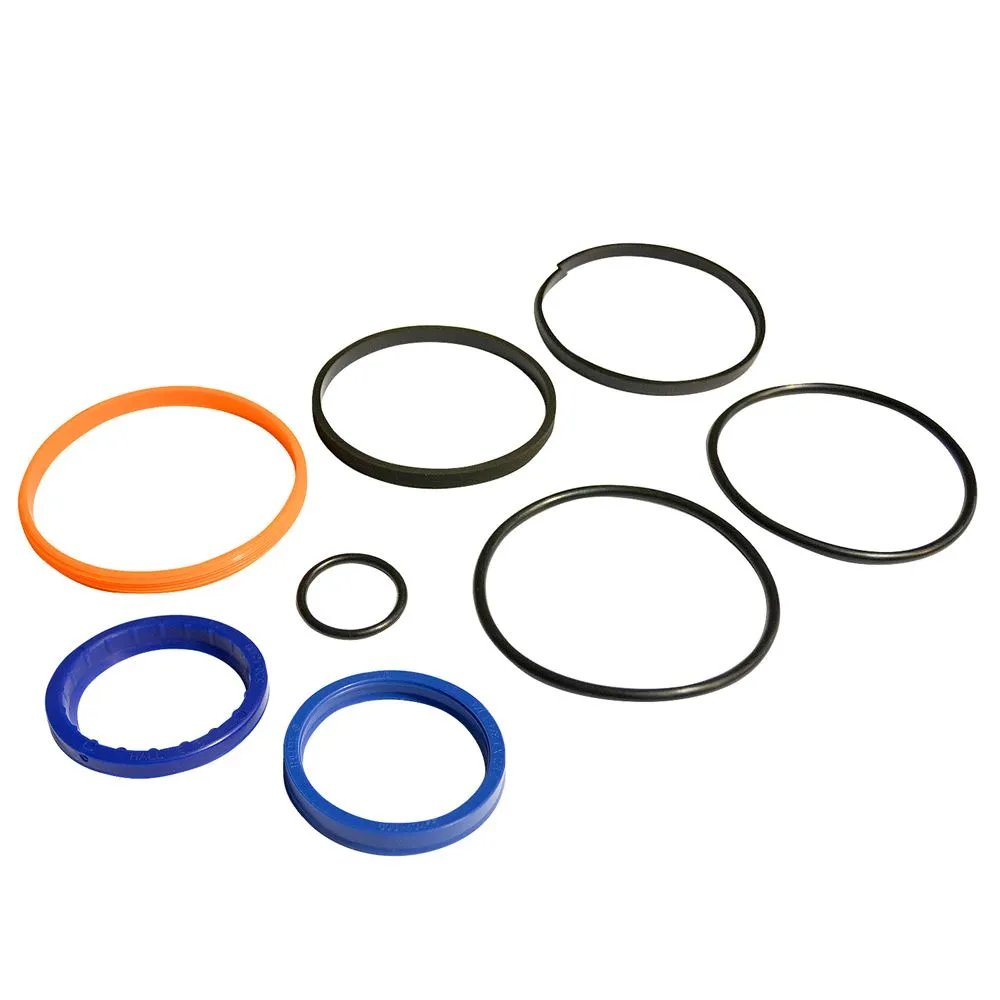How to prevent seal failure in hydraulic cylinders?
2025-07-25
The hydraulic cylinder is a key component in the hydraulic system, responsible for converting hydraulic energy into mechanical energy to drive the working device of the loader. The sealing performance of the cylinder directly affects the working efficiency and safety of the loader. Sealing failure can lead to hydraulic oil leakage, pressure drop, reduced working efficiency, and even cause equipment failure and safety accidents. Therefore, how to avoid sealing failure of the hydraulic cylinder is an important condition for ensuring the normal operation of the machinery. This article will conduct a detailed analysis of sealing failure from multiple aspects.

The main causes of seal failure
1.Sealing component aging
Sealing components are usually made of materials such as rubber and polyurethane. When exposed to high temperatures, high pressures and hydraulic oil for a long time, they are prone to aging, hardening or cracking, which leads to a decline in sealing performance.
2. Hydraulic oil contamination
Impurities, moisture or metal particles in the hydraulic oil can accelerate the wear of the seals, and even scratch the sealing surfaces, resulting in the failure of the seals.
3. Incorrect installation
During the installation process of the sealing element, if the operation is not standardized (such as excessive stretching, twisting or damage), it will cause the sealing element to fail to function properly.
4.Overload.
When the machinery is operating under conditions of excessive load or frequent impacts, the hydraulic cylinder is subjected to excessive pressure, which can easily cause damage to the sealing components.
Preventive measures against seal failure
1. Choose high-quality sealing components
When choosing sealing components, one should opt for high-quality products manufactured by reputable manufacturers to ensure that their materials, dimensions, and performance meet the design requirements of the hydraulic cylinder. Superior sealing components possess better wear resistance, high temperature resistance, and anti-aging properties.
2. Maintain the cleanliness of the hydraulic oil
Regularly check the cleanliness of the hydraulic oil, replace or filter it in time to prevent impurities from entering the cylinder. At the same time, clean the hydraulic system regularly to ensure smooth oil flow.
3. Standard installation procedure
When installing the sealing components, it is necessary to follow the operation specifications strictly to avoid excessive stretching or twisting of the sealing components. Before installation, it is necessary to check whether the dimensions of the sealing groove and the sealing component match to ensure proper installation.
Maintenance and upkeep measures
1. Regularly inspect the seals
Regularly inspect the seals of the oil cylinder and observe for any signs of aging, wear, or damage. If any problems are found, replace the seals promptly.
2. Monitor the pressure of the hydraulic system
Regularly check the working pressure of the hydraulic system to ensure it remains within the normal range. If the pressure is too high, promptly adjust or repair the hydraulic system to prevent excessive load on the seals.
3. Lubricate the sealing components
When installing or replacing the sealing parts, a suitable amount of lubricating grease can be applied to the surface of the sealing parts to reduce friction and extend the service life of the sealing parts.
4. Clean the surface of the hydraulic cylinder
Regularly clean the dust, oil stains and impurities on the surface of the oil cylinder to prevent them from entering the sealed area and affecting the sealing performance.
The failure of the seal of the hydraulic cylinder is a complex issue involving multiple aspects. By choosing high-quality seals, maintaining the cleanliness of the hydraulic oil, standardizing installation procedures, optimizing the working environment, reasonably designing the cylinder and the seals, avoiding overloading, and strengthening maintenance and care, it is possible to effectively prevent seal failure, extend the service life of the cylinder, and ensure the safe and efficient operation of the machinery.

























